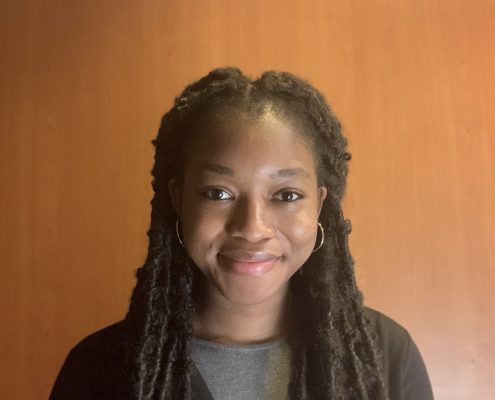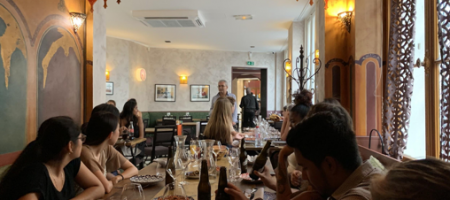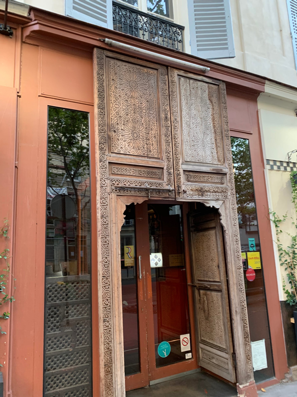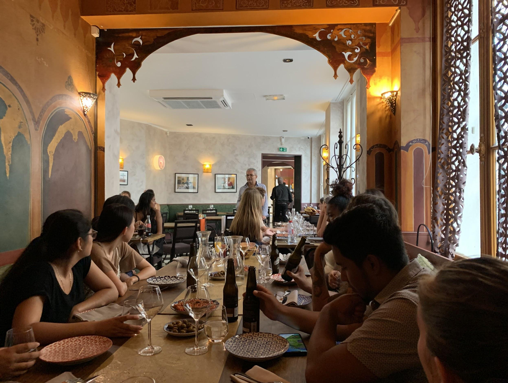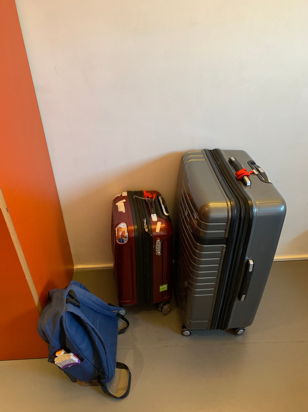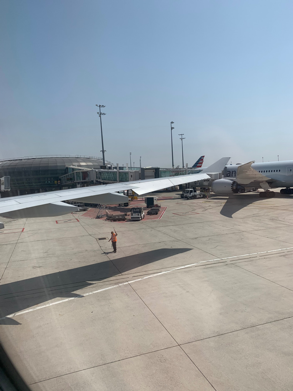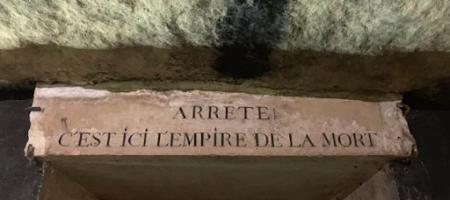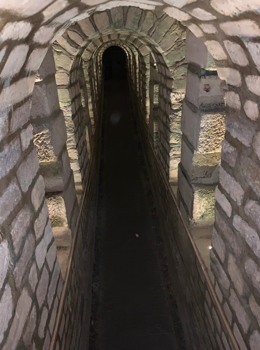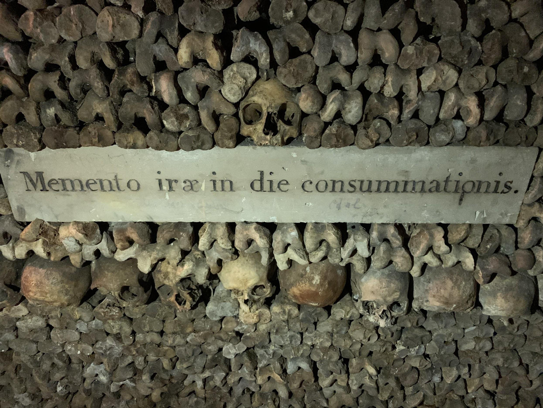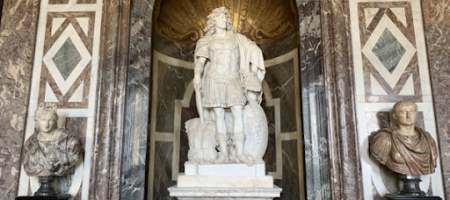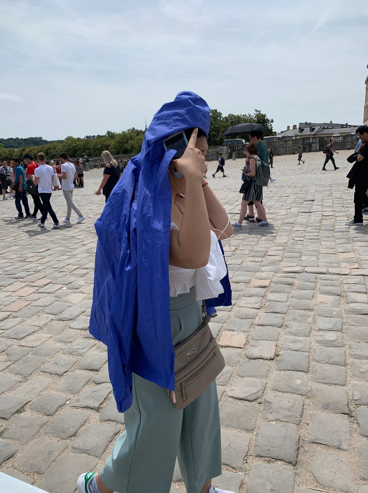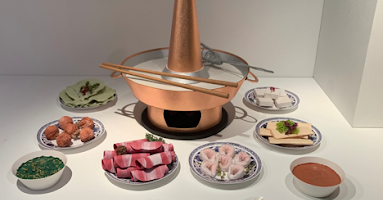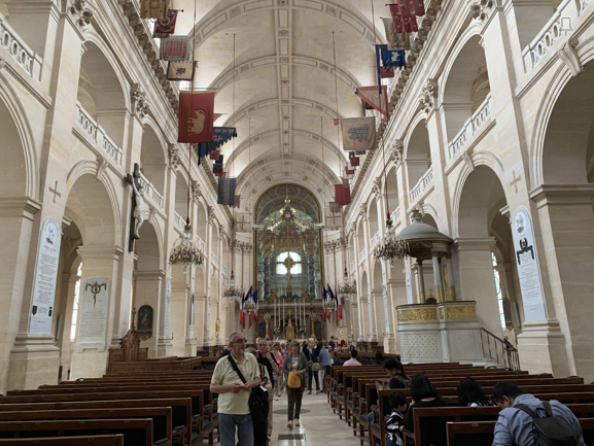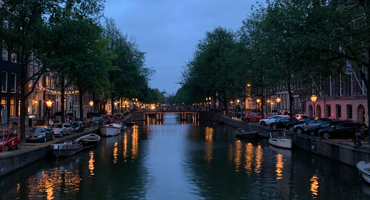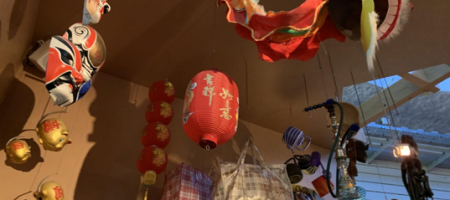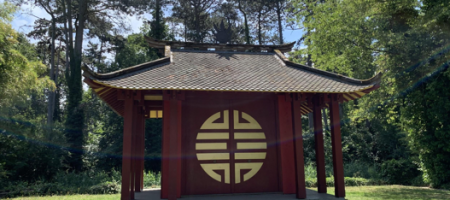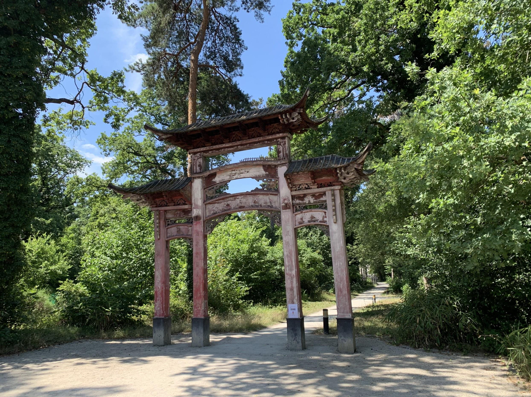Global Internships 2021: Wudia Kamara, Germany (Virtual)
What did you learn during your UCLA Global Internship program?
As a Business Development Intern at Agilis Advisors (an advisory company based in Berlin, Germany), I’ve been able to learn a great deal about how business are formed from the beginning stages up until expansion and need for capital, which Agilis mostly helps with. My supervisor is the head of investor relations, and as such I had the first hand experience of learning about client relations. Most of my tasks primarily included: researching and creating a database of African and European startups, companies, advisory firms, private equity/venture capital funds and outreaching to them via email, in proposing potential business opportunities based on the services provided by Agilis. Overall, I researched and reached out to slightly over 600 companies over the past 8 weeks, some of which I also scheduled meetings with Agilis’ management team to further discuss partnerships or investment opportunities.
I was also assigned tasks to work on for specific investment projects that were already in progress, most of which were Engineering, Procurement and Construction (EPC) projects for building infrastructure in African countries. Most of these projects had some sort of a social impact in terms of mitigating educational inequality, food insecurity, inaccessible healthcare and so much more in accordance with the UN sustainable development goals. Thus, working on these projects by researching for potential investors, creating investment snapshots for pitches, and going over investment teasers was really rewarding, just as it was a pertinent professional learning experience.
I honestly didn’t know what to expect going into my internship given my little exposure to the field of investment prior to, but I knew that I wanted to overall improve my intercultural communication skills, and I did! Although my supervisor was my sole contact throughout my internship, I was able to learn from our cross cultural differences and most importantly in reaching out to and communicating with people from literally all over the world. I definitely gained the exposure to the international hemisphere that I had hoped for, while understanding the various features of business development and investment management.
What was your favorite part of the program?
My favorite part of the program was the internship itself together with the partnered courses. The CESC course equipped me with the necessary intercultural communication tools that I applied at my internship site and will continue to cultivate in cross-cultural settings. With the 195 CE course, I was able to analyze my internship experience in a globalized context, and even write a research paper about improving the stagnated entrepreneurial growth in Africa, as inspired by my internship. They really embody the full package and give you a holistic experience as a student and intern!
How do you think this internship program will help your future career?
While this internship has specifically equipped me with the necessary skills for a career in global advisory and investment, I have been able to gain the foundational skills of navigating intercultural dynamics, and cultivate my professional capabilities, which I am confident will enhance my success in future international careers.
How did interning abroad compare to other internships or jobs you’ve had? What made your internship unique or memorable?
I had an internship last Summer that was virtual as well, and as such, while virtually interning in Berlin was definitely not the ideal situation, it wasn’t quite foreign to me. I think what made my internship memorable was that I got to complete tasks that were quite interesting in exploring diverse entrepreneurial ideas, and work on individual projects at my own discretion with necessary guidelines and feedback. Additionally, observing the cultural differences between my supervisor and I while learning from each other is indeed memorable.
What advice would you give future students who want to participate in the Global Internship Program?
Please take both partnered courses if possible. Begin your internship experience with an open mind to learning various skills. Some tasks may seem trivial or daunting, but are absolutely necessary in understanding some processes in their entirety. Also, deciding to do a global internship should mean being willing to accept, appreciate, and respect cultures that you may not be familiar with. Most importantly, present your most authentic self and have fun!!!
